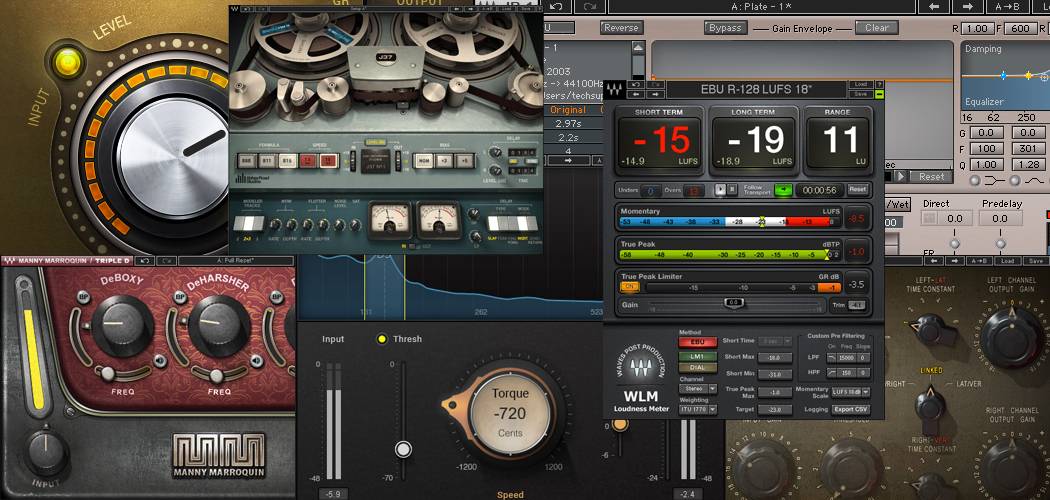

An unprocessed drum recording however, which has a much lower average level due to the transient nature of drums, could easily have a crest factor of 16–18 dB. By eliminating processing that may artificially manipulate the crest factor of a recording, and metering the result, you can gain a general understanding of the nature of these signals and establish a good baseline to compare against.įor example, something like a legato string quartet with no dynamics processing could have a rather low crest factor of 6–8 dB. In order to understand what a crest factor measurement is telling you, it is very useful to have some knowledge of how different types of unprocessed signals read. However, as with any type of metering, the numbers must always be taken in the context of the program material.
#Best waves plugins for mastering 2015 how to#
So, now that we know what crest factor measurements are describing, how do we interpret them, and better yet, use them to guide our decisions in mastering? Interpreting crest factorīy comparing the difference between peak and average levels, crest factor measurements give us a very good way to judge the balance between transient and sustained elements in a mix, and provide an indication of how to approach compression and limiting treatment. (weighted or unweighted), integrated, short-term, or momentary LUFS, or something else, while the peak measurements could be sample- or true-peak. The average measurements used could be R.M.S.

However, with a little appropriation and creativity, we can turn the concept into one that’s very useful from an audio mastering perspective.īroadly speaking, when a mastering engineer references crest factor, they are comparing some form of average level with the maximum peak level over the same time window. Second, we deal with musical signals which, at least in most cases, don’t consist of steady-state tones. This is based on the AES17-2015 standard and has the consequence of giving sine waves a crest factor of 0 dB.

Two things happen when we make the transition to audio engineering:įirst, most audio level meters show the R.M.S.-or average-level of a sine wave to be equal to its peak level. So far though, we’re thinking like electrical engineers. If we do the decibel math, we see that the crest factor of a steady sine wave is 20*log(1/0.707) = 3dB.


 0 kommentar(er)
0 kommentar(er)
